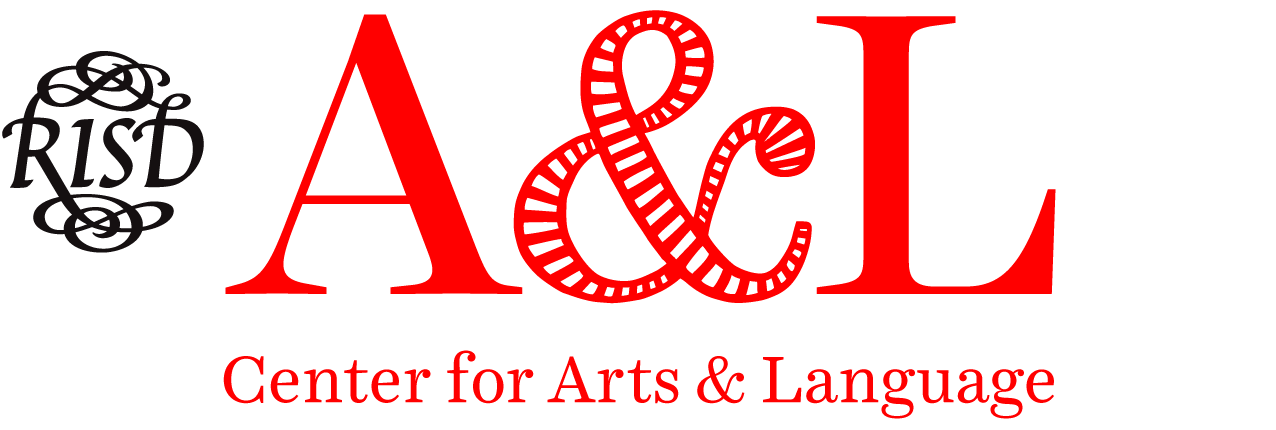AI Literacy: CLEAR Prompting
Because Generative AI is a relatively new tool, not many users fully understand its inherent limitations and potential uses. As a first step, check out Fleet’s libguide to learn how it works and the ethics around using it. This handout focuses specifically on the skill of prompting AI. Follow these guidelines to get closer to your desired results and continuously improve through practice.
The CLEAR Method
Make sure your prompts are...
Concise — don’t include anything that isn’t instructive
Logical — start with the main action and subject, then add details
Explicit — give precise instructions for exactly what you want
Adaptive — evaluate the product; tweak, refine, repeat
Reflective — learn from each AI interaction and consider how to apply it in the future
Let’s see how these guidelines play out with a text-based AI, like ChatGPT:
Prompt: “I have to write an essay and the topic is very open. I have no idea what to choose as my topic. And I have to cite an essay we read in class. How do I make sure that’s relevant?”
Results: This doesn’t follow any of the CLEAR guidelines: there is no focus or specific instruction for the AI. ChatGPT’s response is a step-by-step process
for brainstorming.
Not bad, but let’s break this process down.
Prompt: “Help me brainstorm topic ideas for an essay I’m writing for a class on revolutions in photography.“
Results: This one’s better — it’s focused on one direct instruction and contains more information. ChatGPT’s response is a broad list of potential topics just based on the class subject.
Not inspiring enough yet. Let’s try again.
Prompt: “Help me brainstorm topic ideas for an essay in a class on revolutions in photography. It should be focused on my own interests within the class and also relate to discourse around the advent of digital photography.”
Results: This one gives the same explicit instruction and more details that steer the response toward my goal. ChatGPT provides a list of potential topics that relate to the class and the reading, but none of them relate to my own interests.
I can now feed ChatGPT some of my interests and ask for a revised list of topic ideas.
Then, I can do some initial research into topics that have potential and choose a favorite into something I’m excited to learn and write about.
